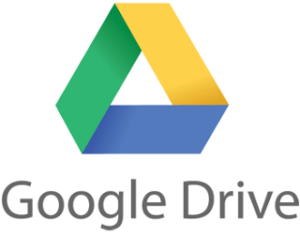
When I talk about the cloud storage solutions like Dropbox or Google Drive, people’s natural question is about its security. I do think for the most part, security implementations are mostly adequate for everyday use. However, I have seen news stories where the service may have been compromised and thus it required me to change the passwords.
I used SafeMonk to store our delicate files synced with Dropbox. The service is now ending and the company recommends Sookasa.
Basically, you install Dropbox, then install Sookasa. Sookasa creates a folder called “Sookasa” within your Dropbox folder. Put any files in there, and those files are automatically encrypted. This means that, even though these files are synced and visible within Dropbox on the web, the recipient either needs the access code or a Sookasa account to view the files decrypted.
Sookasa seems to be a better option for those who require compliance such as HIPAA and FERPA. I am using the Personal (free) account, but there are Team and Professional options (fee).
I noticed two annoyances which I hope get fixed soon. The software sometimes tells me that the internet connection is lost even though I am connected. Also, it requires a password every time my laptop is rebooted. The company says it is a security feature, but I hope it implements an option to have the password memorized.
If you require encryption in the cloud and you use Dropbox, I think Sookasa is worth a look.

